In the world of exotic tropical fruits, few are as beloved in Southeast Asia as the delicate, sweet, and tangy Langsat (Lansium parasiticum). With its thin, leathery skin, translucent flesh, and refreshing flavor, Langsat has long been a staple at local markets, family orchards, and tropical fruit festivals. While it thrives in several countries across Asia, one nation stands out as the leading global producer of this prized fruit.
In this comprehensive article, we’ll explore the origins, cultivation, culinary uses, health benefits, global production trends, and ultimately reveal which country is the largest Langsat producer globally.
What Is Langsat?
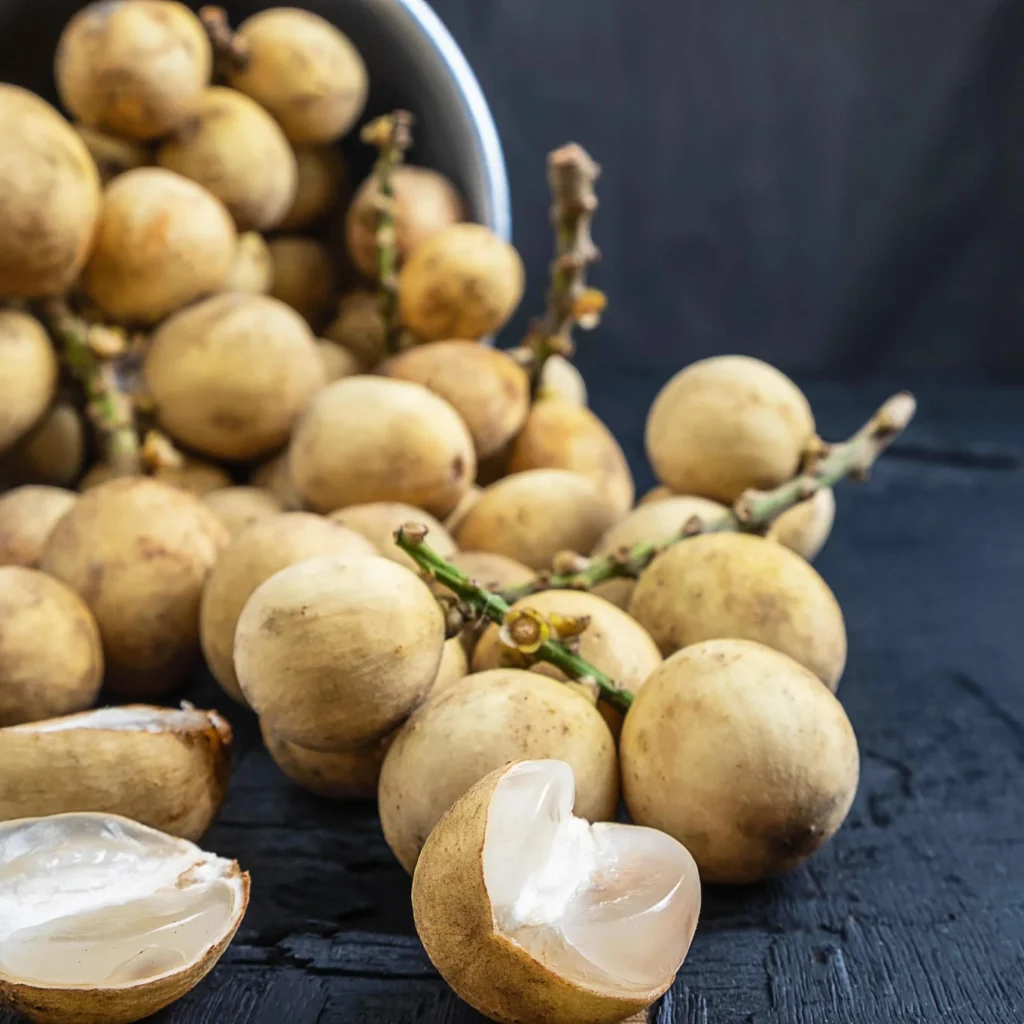
Langsat is a tropical fruit native to Malaysia, Indonesia, and the Philippines. It belongs to the Meliaceae family, closely related to mahogany trees. The tree typically grows up to 10–20 meters tall and produces clusters of small, round to oval fruits about the size of a grape.
The fruit’s thin, yellowish to pale brown skin is easily peeled to reveal 4–6 segments of translucent, juicy flesh. Its flavor is a unique balance of sweet and tart, often compared to a blend of grape, pomelo, and lychee.
Depending on the variety, some Langsat fruits may have small, bitter seeds embedded within the flesh, while others are seedless or have non-bitter seeds.
The Origins and History of Langsat
Langsat has been cultivated for centuries in Southeast Asia. It was first domesticated in the Malay Peninsula and Borneo, where it thrives in tropical lowland rainforests with high humidity, regular rainfall, and fertile, well-drained soil.
Over time, its cultivation spread to neighboring countries including:
- Thailand
- Indonesia
- Philippines
- Vietnam
- Sri Lanka
- Southern India
The fruit remains an important part of Southeast Asian culture, featured in festivals, rituals, traditional medicine, and regional cuisines.
Where Is Langsat Grown Today?
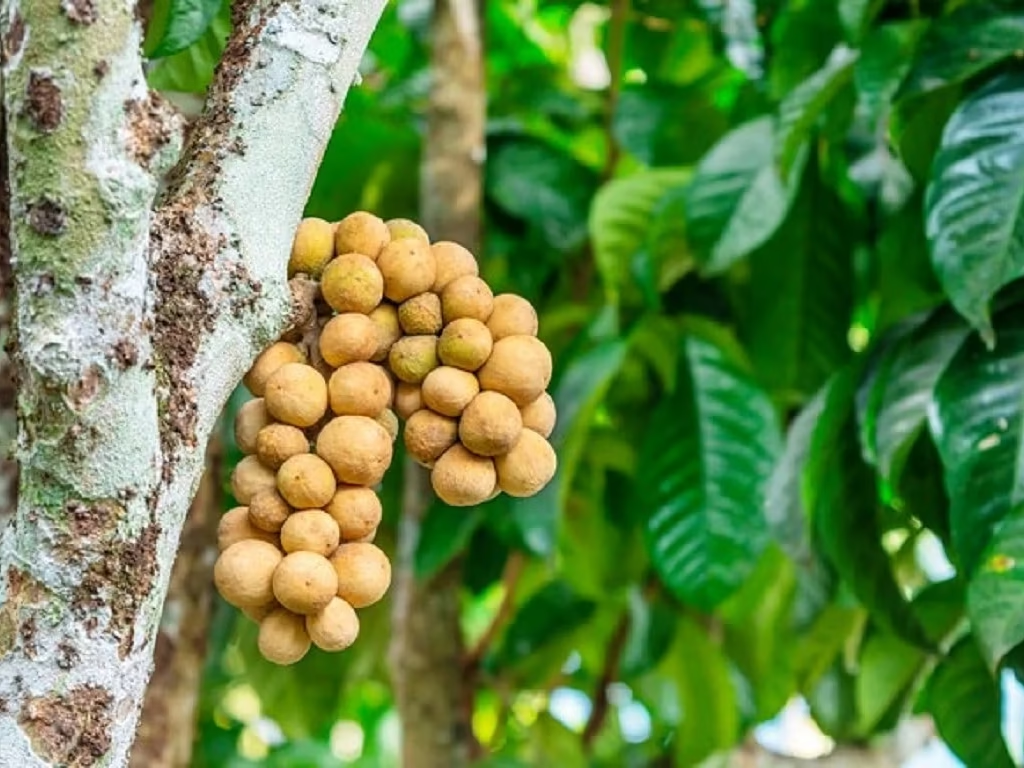
While Langsat can be found growing in various tropical regions, it remains predominantly cultivated in Southeast Asia, where the climate and soil conditions are ideal for its growth.
The top Langsat-producing countries are:
- Malaysia
- Indonesia
- Thailand
- Philippines
- Vietnam
- Sri Lanka
Among these nations, one country has established itself as the world leader in Langsat production.
Which Country Is the Largest Langsat Producer Globally?
Malaysia holds the title as the largest Langsat producer globally.
Thanks to its ideal growing conditions, cultural significance, and highly developed fruit agriculture sector, Malaysia has remained the top global Langsat supplier for decades.
Why Malaysia Leads Langsat Production
Several key factors contribute to Malaysia’s dominance in Langsat production:
Favorable Climate and Soil
Malaysia’s equatorial climate, characterized by warm temperatures, high humidity, and evenly distributed rainfall, is perfect for cultivating Langsat trees. The country’s fertile, loamy soils further support healthy, productive orchards.
Wide Cultivation Areas
Langsat is widely cultivated across Peninsular Malaysia, especially in states such as Pahang, Perak, Kelantan, Terengganu, and Johor. Large plantations and family-owned orchards alike contribute to the national yield.
Strong Domestic Demand
Langsat is highly popular in Malaysia, where it is consumed fresh, made into jams and preserves, or added to local desserts. The fruit’s popularity ensures a steady domestic market alongside growing export opportunities.
Regional Exports
Malaysia exports Langsat to neighboring countries like Singapore, Thailand, and Brunei, as well as to international markets targeting Asian communities in Europe, the United States, and Australia.
Estimated Global Production Breakdown
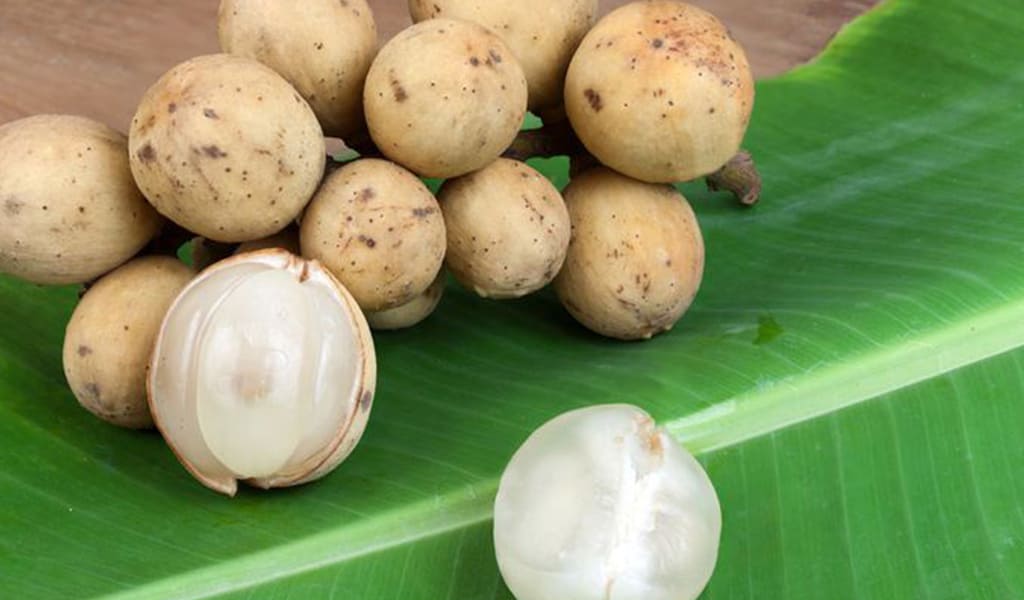
Though official global production data is limited, agricultural reports and export records suggest the following trends:
| Country | Estimated Annual Production (Metric Tons) |
|---|---|
| Malaysia | 85,000–100,000 |
| Indonesia | 60,000–75,000 |
| Thailand | 25,000–35,000 |
| Philippines | 15,000–20,000 |
| Vietnam | 10,000–12,000 |
| Others (Sri Lanka, India) | 5,000–7,000 |
Malaysia accounts for approximately 40–45% of total global Langsat production.
Culinary Uses of Langsat
Langsat is a highly versatile fruit in Southeast Asian cuisines. Popular uses include:
- Eaten Fresh: Peeled and enjoyed as a juicy, refreshing snack.
- Jams and Preserves: The pulp is often cooked down with sugar to make Langsat jam.
- Juices and Smoothies: Blended for a tangy tropical beverage.
- Traditional Desserts: Added to puddings, ice creams, or sticky rice.
- Pickles: In some regions, unripe Langsat is pickled in brine and spices.
Its sweet-tart flavor makes it an excellent ingredient in both sweet and savory dishes.
Nutritional and Health Benefits
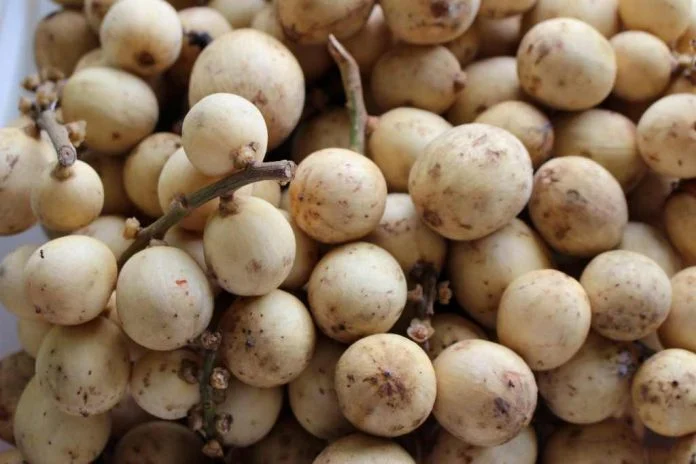
Langsat is not just delicious — it also offers numerous health benefits:
- Rich in Vitamin C: Supports immune function and skin health.
- Antioxidants: Contains phenolic compounds that help fight oxidative stress.
- Low in Calories: A healthy, guilt-free snack option.
- Good Source of Fiber: Aids digestion and promotes gut health.
- Essential Minerals: Contains potassium, iron, and calcium.
- Anti-inflammatory Properties: Traditionally used in Southeast Asian herbal medicine to reduce fever and inflammation.
Both the fruit and seeds have been used in traditional remedies for diarrhea, fevers, and gastrointestinal issues.
Challenges in Langsat Production
Despite its popularity, Langsat farming presents several challenges:
- Short Shelf Life: Once harvested, the fruit spoils within a few days unless refrigerated.
- Seasonal Availability: The fruit is typically harvested once a year between June and August.
- Labor-Intensive Harvesting: Langsat is hand-picked in clusters, requiring careful handling to avoid bruising.
- Climate Sensitivity: Prolonged dry spells or heavy monsoon rains can negatively affect yields.
- Pests and Diseases: Vulnerable to fruit borers, ants, and fungal infections in humid conditions.
These challenges limit large-scale international distribution and keep the fruit largely within regional markets.
The Future of Langsat Production
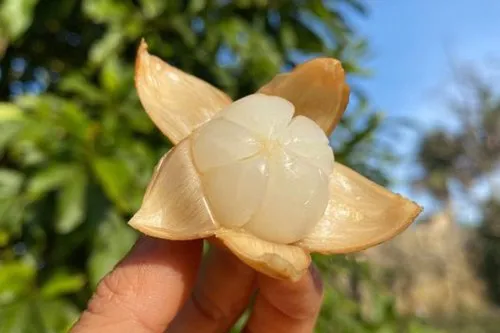
As global interest in exotic tropical fruits grows, Langsat holds significant potential for expanded cultivation and export:
- Agri-Tourism: Langsat orchards in Malaysia and Thailand are increasingly offering farm visits and fruit-picking experiences.
- Value-Added Products: Development of Langsat-based jams, juices, and preserves for year-round availability.
- Improved Varieties: Agricultural research is focusing on cultivars with longer shelf life, higher yields, and pest resistance.
- Niche Export Markets: Catering to health-conscious consumers and Southeast Asian communities abroad.
Malaysia, with its established infrastructure and horticultural expertise, is poised to maintain and strengthen its leadership in global Langsat production.
Conclusion
So, which country is the largest Langsat producer globally?
Without question, Malaysia holds the crown. Its combination of optimal climate, fertile soil, wide cultivation areas, and deep-rooted cultural appreciation for the fruit ensures its ongoing leadership.
While neighboring countries like Indonesia, Thailand, and the Philippines also contribute significant volumes, Malaysia’s established orchards, export markets, and culinary traditions place it firmly at the top of the global Langsat supply chain.
As consumer interest in tropical, healthful, and flavorful fruits rises worldwide, Langsat’s future looks bright — and Malaysia will remain at the heart of its global story.

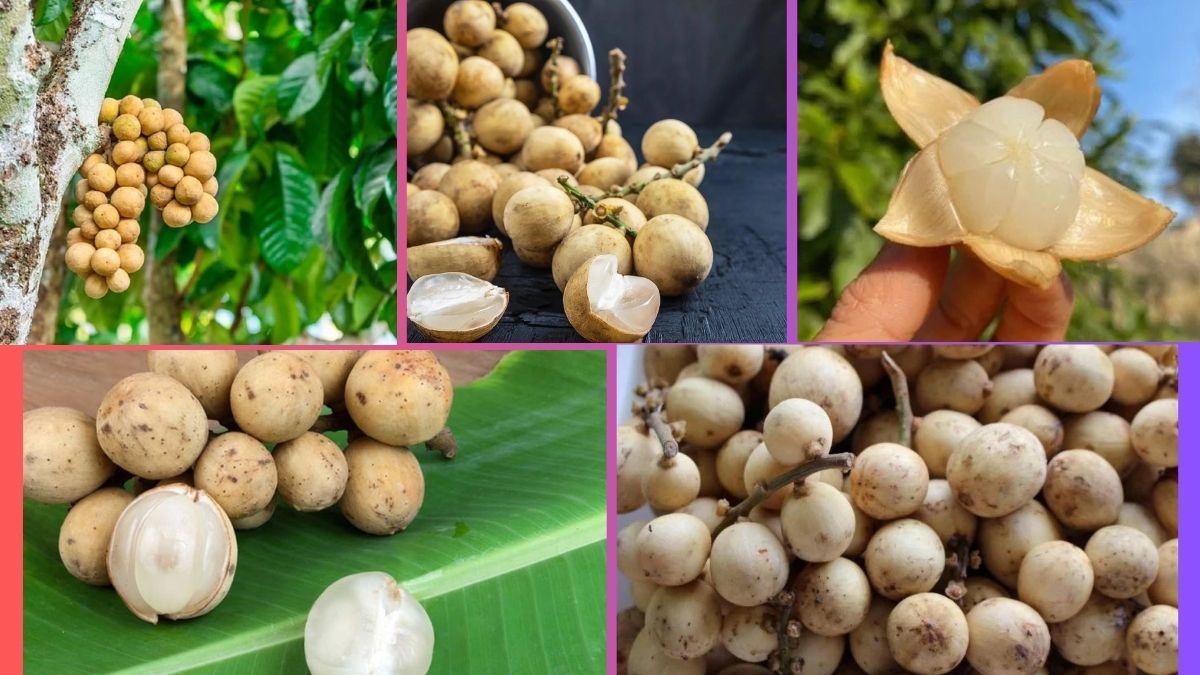
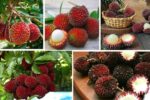

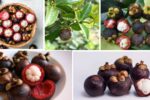
Leave A Comment